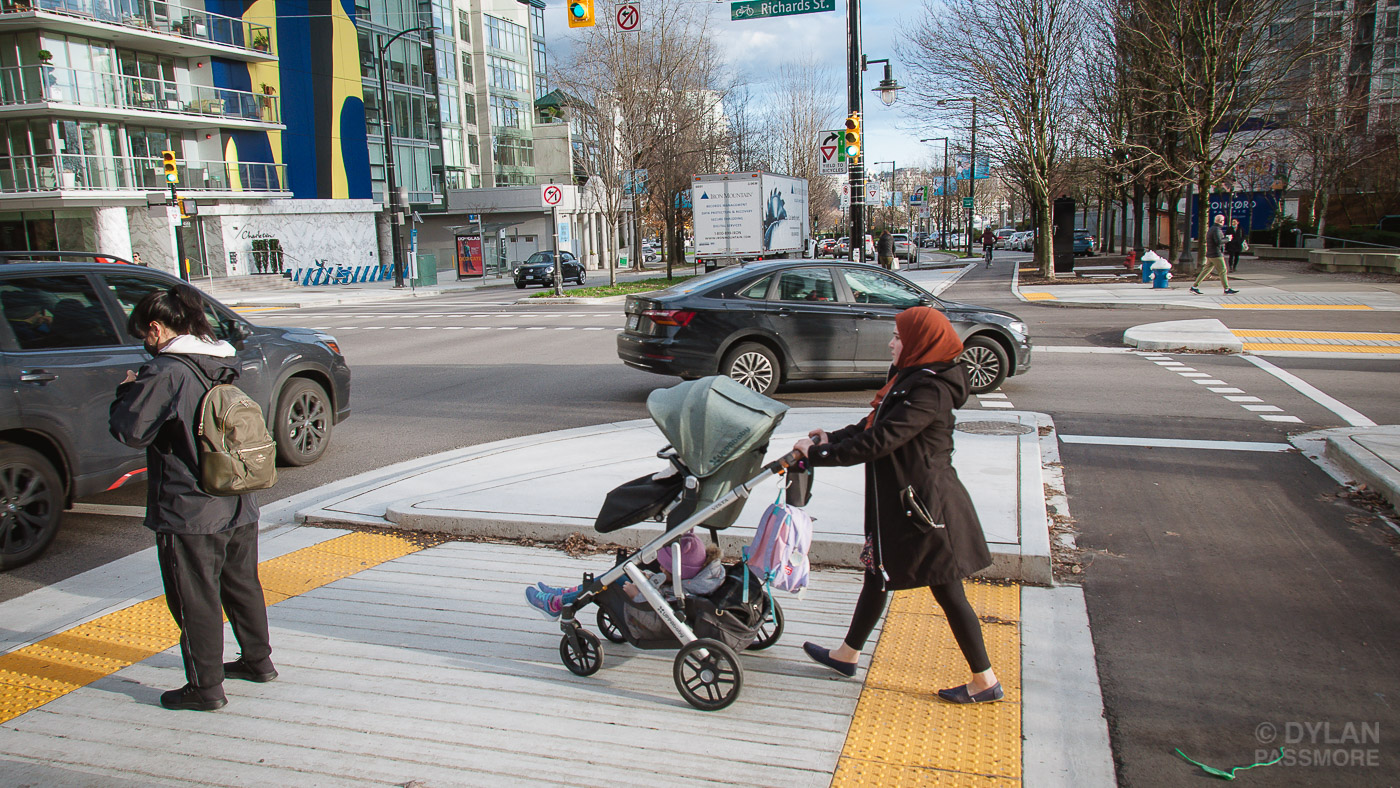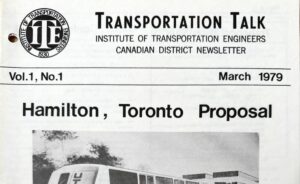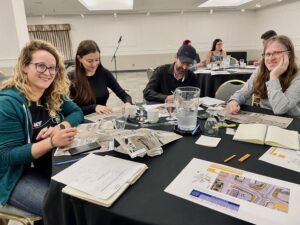ITE Canada invites you to join us for our first-ever Virtual Technical Symposium to be held on February 5 and 6, 2025. This curated content will feature presenters from across Canada speaking on emergency planning, functional planning design, traffic and multimodal analysis, and safety.
- Two half-day virtual sessions
- Will qualify for professional development credits/hours
Dates/Times
Wednesday, February 5, 2025 and Thursday, February 6, 2025
8-11:30 am (PT) / 11-2:30 pm (ET)
including breaks
Includes access to live virtual sessions and recordings
Fees
ITE Member: $150
Non-ITE Member: $225
Student: $50
Registration closes
Tuesday, February 4
PROGRAM
PLENARY SESSION – Emergency Planning
Wednesday, February 5
8 – 9 am (Pacific Time) / 11 am – 12 pm (Eastern Time)
Moderated by: Irini Akhnoukh, ITE Canada Vice President & City of Calgary
This session will focus on the recovery of transportation systems from disruption due to disasters and emergencies.
Safe Systems & Evacuation Planning
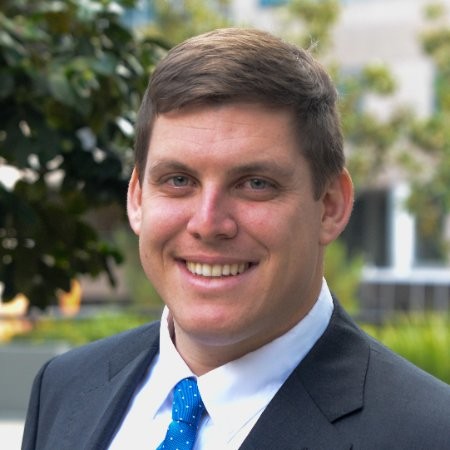
Ian Barnes, Fehr & Peers
Ian Barnes, PE is a Principal and Senior Market Leader in Fehr & Peers’s Walnut Creek, California office. A member of the TRB Disaster Response, Emergency Evacuation, and Business Continuity Committee, Ian leads Fehr & Peers’s evacuation analysis and planning practice in key wildfire areas like the Sonoma-Napa Wine Country and the Oakland-Berkeley Hills in the East Bay of the Bay Area. With over a decade of experience, Ian is an expert in micro- and meso-simulation modeling, along with expertise in travel demand model development and analysis.
Wildfire life safety hazards in California continue to be exacerbated by a combination of factors, including climate change and existing land use development within the wildland-urban interface. After devastating wildfires in California in 2017 and 2018 in which many died in their vehicles during evacuations, California instituted new laws requiring local agencies to plan for multi-hazard events and to identify evacuation routes for their communities. Subsequently, several California Environmental Quality Act project lawsuits have resulted in projects being overturned on the basis of inadequate analysis of a project’s impact to life safety hazards as measured by evacuation travel times. As a result, transportation planners and engineers in California are faced with new analysis challenges, as well as the need to develop appropriate mitigation measures that are also consistent with the State’s greenhouse gas reduction targets.
Leveraging Human Behaviour Research for Evacuation and Resilience Planning
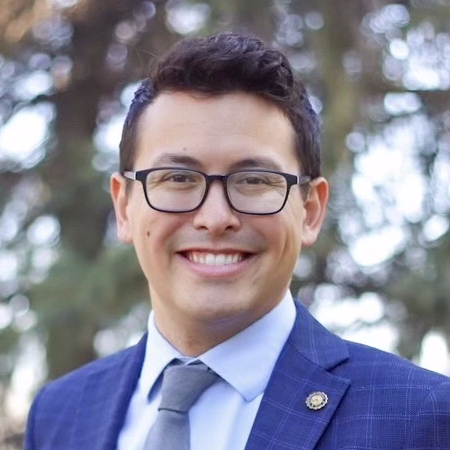
Stephen Wong, University of Alberta
Dr. Stephen Wong is an Assistant Professor in the Department of Civil and Environmental Engineering at the University of Alberta and leads the Resilient and Sustainable Mobility and Evacuation (RESUME) Group. Dr. Wong’s research focuses on the intersection of disasters/emergencies, decision-making, and transportation and works to create more resilient, environmentally friendly, and equitable transportation systems. He is actively involved in resilience and young professional activities at the Transportation Research Board and evacuation research at the International Association for Fire Safety Science
With ongoing resilience challenges for transportation systems, there is value of human behaviour research in guiding evacuation planning. Several examples of practice-ready recommendations will be shown to help encourage preparation efforts for improved transportation response and recovery in disasters
SESSION 1 – Functional Planning & Design
Wednesday, February 5
10 – 11:30 am (Pacific Time) / 1 – 2:30 pm (Eastern Time)
Moderated by: Adam Howell, Robinson Consultants
This session will focus on new and unique approaches to functional planning and design of transportation facilities to meet demands and promote safety and connectivity of all modes.
Alexandra Bridge Replacement Project

Nina Maher, National Capital Commission
Nina Maher, Registered Professional Planner (RPP) is a Senior Planner with the National Capital Commission (NCC) within the Transportation Planning Division, and part of the team dedicated to the success of the National Capital Region’s (NCR) crossings initiatives. She has been involved in elements of the planning and design of the Alexandra Bridge Replacement Project, including the development of the Planning and Design Principles and the NCC’s Performance Criteria for Bridge Design. Nina has over twenty years of experience as an urban planner working in the public and private sectors in policy development, regulatory approvals, transportation and environmental planning.

Karine Delorme-Pigeon, Public Services and Procurement Canada
Karine Delorme holds an University of Ottawa civil engineering degree and is a member of the Professional Engineers Ontario. For over a decade she was part of the Infrastructure Canada team delivering the Samuel De Champlain Bridge Corridor Project in Montreal, where she contributed to all delivery phases of this public private partnership (P3) project, from planning, procurement, and design, to construction, operation and maintenance. Since 2022, she has been working for Public Services and Procurement Canada (PSPC) as Senior Project Manager on the progressive design-build delivery of the Alexandra Bridge Replacement Project.
The Federal Government is planning to replace the Alexandra Bridge with a signature structure in the core area of the Nation’s Capital. The project is nearing completion of the concept design stage and being advanced by an Integrated Project Team (IPT) comprised of Public Services and Procurement Canada (PSPC) and the National Capital Commission (NCC). The planning and design process has included recognition of the unique heritage and cultural context of the site, a strong focus on sustainability principles, and alignment with Federal regulatory frameworks including the Impact Assessment Act. The project has been collaborating with Indigenous communities and engaging with stakeholders and the public, respecting, and supporting Gender-Based Analysis Plus (GBA+) and universal accessibility principles. Three shortlisted design concepts were developed to provide unique bridge designs that deliver a sustainable multi-modal transportation link prioritizing active mobility, resiliency and durability. This presentation will highlight some of the unique elements of the planning and design development process, as well as present the three bridge design concepts – Echo, Rendez-vous and Motion.
Integrated Transit Planning and Design for BRT Lines in Calgary

Liming Sun, City of Calgary
Liming Sun is a Senior Transportation Engineer with the Transit Project Development team in the City of Calgary. She specializes in leading functional planning studies for Bus Rapid Transit (BRT) and Light Rail Transit (LRT) projects. Her work focuses on advancing transit capital projects to a shovel-ready state, optimizing opportunities to secure funding from other levels of government for design and construction.

Michael Ge, WSP
Michael is a senior Transportation Planner of 15 years of experience with WSP Canada, based in Calgary. Michael is a registered professional engineer, planner, project manager, and an IAP2-trained engagement professional with project management and people leadership experience in both the public and private sectors. He has diverse range of experience in the planning, design, construction, and operations of multi-modal mobility network. He has served as Project Manager and Transportation Planning Lead roles on many transportation planning projects, leading multidisciplinary teams.
RouteAhead is Calgary’s 30-year strategic guide for prioritizing transit projects and investments, ensuring we meet the evolving needs of our growing city. RouteAhead shapes the City’s decision-making for functional planning and the selection BRT routes. Ongoing functional plans of the two Bus Rapid Transit (BRT) projects – 144 Avenue North and Shaganappi Trail, include BRT alignments, station locations, and benefits.
Elevating Urban Walkability: A Holistic Approach to Staircase Inventory & Condition Assessment in Hilly Terrains

Andres Baez, Stantec
Andres Baez is a well-rounded transportation consultant known for his balanced approach to engineering, planning and context-sensitive solutions. 20-year consulting experience in urban mobility, integrated transport, road safety projects across Canada, coupled with international experience in Latin America and the Caribbean. Andres thrives at data-driven planning and engineering multimodal transportation systems in complex urban environments. His public and private sector experience gives him a practical view for implementable solutions for municipal development approvals. His experience spans across various areas including multi-modal transportation planning and engineering, neighborhood mobility and safety studies, traffic and parking impact studies, GIS application for transportation (T-GIS), transit planning and functional design. Andres has regularly contributed as speaker at several national and international transportation industry conferences including TAC, WALK21, ITE, ESRI and RS5C.
Urban planning often assumes flat landscapes, but some cities face complex topography, posing challenges for pedestrian-friendly design. The City of Coquitlam, recognizing the importance of active transportation infrastructure, secured federal funding for a Walkway Planning project in line with its Strategic Transportation Plan. Focused on a Staircase Inventory and Condition Assessment Study, GIS-based spatial datasets were used for citywide evaluation. A Multi-Criteria Evaluation and Prioritization Framework, considering hazard levels, industry best practices, and criteria like connectivity to AT networks, road safety, proximity to generators, and equity, guided final recommendations and priority projects.
SESSION 2 – Traffic & Multimodal Analysis
Thursday, February 6
8 – 9:30 am (Pacific Time) / 11:00 AM – 12:30 pm (Eastern Time)
Moderated by: Carolyn Sherstone, WSP
This session will focus on innovations and emerging best practices in traffic analysis to give practitioners a chance to share their knowledge and continue to move our practice of traffic analysis forward.
Methods to improve multimodal detection at traffic signals

Narayan Donaldson, Mobycon
Narayan is a transportation planner with seven years of experience in Canada and the Netherlands. He has a master’s in civil engineering from the Delft University of Technology in the Netherlands, where he specialized in traffic operations and wrote his thesis on transit signal priority in fully-actuated coordinated networks. He worked for three years for the City of Toronto and Toronto Transit Commission designing, testing and implementing traffic signal programs, and worked for two years at Movensis B.V. in the Netherlands, designing and programming new features for their signal controller software, including real-time clearance times for pedestrians, speed-based and/or platoon-based green extensions for bicycles, bicycle signal priority algorithms, and custom queue spillback mitigation systems.
Traffic signals in Canada have traditionally had limited detection of approaching road users with at most, one detection zone per lane. The introduction of non-intrusive detection equipment has created the opportunity to affordably improve the capabilities of signals to respond to real-time vehicle and pedestrian movements and increase the efficiency and effectiveness of safety measures such as fully-protected turning phases. There are simple methods to set up detection for automobiles, bicycles, transit and pedestrians to reduce delay and improve safety for all road users. The methods will be focused on the position, length and parameters for detectors, and the signal timing design to maximize the benefits of real-time detection.
Ottawa Multimodal Level of Service (MMLOS) Guidelines

Amir Zahabi, City of Ottawa
Amir Zahabi is a Senior Project Manager in Transportation Policy and Networks at the City of Ottawa. With a Ph.D. in Transportation Engineering from McGill University, he has over 15 years of experience in transportation planning, policy, and project management. He is a Professional Engineer (P. Eng.) and has expertise in travel demand modeling, transportation emissions, and GIS. He has led key projects such as the Multi-Modal Level of Service Guidelines Update, numerous functional design studies, the TRANS OD Survey and Commuter Attitude Survey, and the Future Neighborhoods Expansion Lands Transportation Studies. Amir has published over 10 peer-reviewed journal articles and is an active member of the Transportation Association of Canada. He has also contributed to various academic institutions, offering over six years of teaching experience in transportation planning.

Muna Awatta, Parsons
Muna Awatta is a senior transportation planning engineer with 15 years of experience. She has completed a wide range of projects including transportation master plans, traffic operation and corridor studies, transit studies, active travel studies, parking studies and area traffic management studies, in addition to the development of transportation policies and technical guidelines. Muna completed the literature review for the OTC MMLOS Guideline, and more recently was involved in updating the City of Ottawa MMLOS Guideline. Muna is also an active member of the Ontario Traffic Council Transportation Planning Committee.
Professionals have identified the need to consider the ‘level of service’ of non-auto modes to support the design of “complete streets” that meet the needs of all street users. However, the tension between providing vehicle capacity and developing a street that provides safety and comfort for pedestrians, cyclists and transit users often remains a challenge. In 2015, the City of Ottawa adopted the first made-in-Canada Multimodal Level of Service (MMLOS) Guidelines, which provided a step-by-step methodology for determining the level of service for different modes and has since been applied to most City of Ottawa transportation planning and operational studies. Recently, the City initiated a MMLOS Guideline Update that provides a detailed overview of how multimodal level of service indicators are to be used to support multi-modal and includes a new Public Realm Level of Service Tool and Design Checklist that incorporates the “healthy streets” approach, in addition to a new refined excel tool and a new Design Decision Making Framework developed to assist in assessing alternative complete street designs.
Taylor Swift Toronto Eras Tour – Traffic Management Plan

Linda Lee, City of Toronto
Linda Lee has over 25 years experience in the field of Intelligent Transportation Systems (ITS) relating to the planning, development, and delivery of ITS such as traffic signal systems, advanced traveller information and management systems and the City of Toronto’s Traffic Operations Centre. She is the Manager of the relatively new Traffic Event Management Planning unit at the City of Toronto focused on traffic management for special events.
The City of Toronto’s Taylor Swift Eras Tour Traffic Management Plan was developed to help manage the flow of traffic and provide a safe environment during the six concert dates, with measures implemented and planning efforts that went into place before, during and after each concert date. The plan included measures such as road closures, parking restrictions, designated drop-off/pick-up areas, and enhanced public transportation options to accommodate the expected large crowds.
SESSION 3 – Safety Plans & Strategies
Thursday, February 6
10 – 11:30 am (Pacific Time) / 1 – 2:30 pm (Eastern Time)
Moderated by: Ryan Martinson, Martinson Golly Ltd
This session will showcase the development of high-level safety strategies that municipalities have undertaken to create safer streets for their constituents. The initiatives that are highlighted range from new strategies that have begun to chart the course for the implementation of the Safe System Approach to those that have been working at this for decades and are finetuning their programs and processes.
Chatham-Kent Road Safety Action Plan
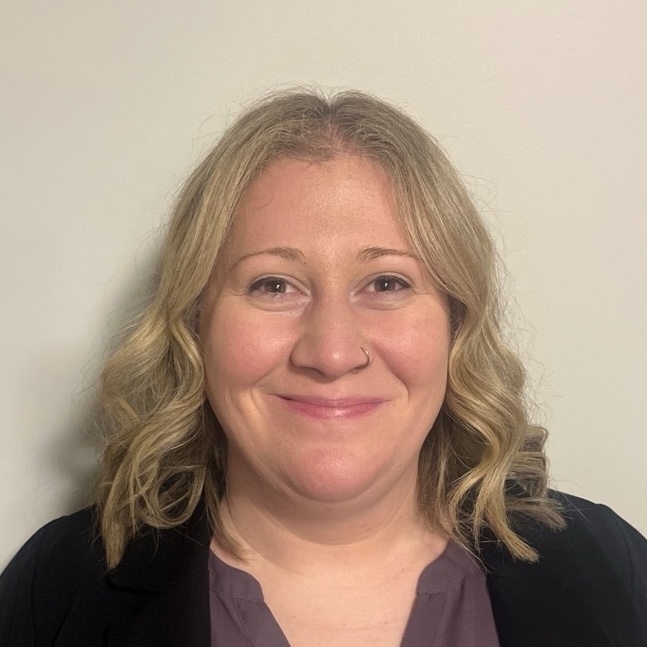
Marissa Mascaro Amyotte, Municipality of Chatham-Kent
Marissa Mascaro Amyotte is a Professional Engineer with 17 years of experience in Municipal and Transportation Engineering. Marissa joined the Municipality of Chatham-Kent as the Director of Engineering in 2023, and oversees the planning and implementation of underground infrastructure, stormwater, municipal drainage and transportation infrastructure projects, as well as the development of transportation policies and operation of Transit and parking enforcement services. Prior to her current role, Marissa worked in various roles in municipal engineering in the private sector, and at the City of Kingston where she played a key role in developing integrated transportation projects aligned with the City’s transportation goals, development initiatives, and land-use planning strategies.
In November 2023, the Municipality of Chatham-Kent adopted its Road Safety Action Plan, using the Safe System Approach, focused on prioritizing initiatives that will be most effective, and cost-effective, to improve safety for all of its road users. Further, as a municipality made up of urban and rural areas, Chatham-Kent’s road network serves many different functions and users which required consideration through the development of the Road Safety Action Plan; not only travel within the municipality – including significant numbers of agricultural vehicles – but also inter-regional travel through the municipality and connections to the provincial highway network. This presentation will explore the approach to Chatham-Kent’s Road Safety Action Plan given the municipality’s unique geography and transportation network, the emphasis areas identified, and the implementation plan.
Burnaby Vision Zero Framework

Eric Tam, City of Burnaby
Eric Tam, P.Eng. PTOE is Senior Manager Transportation at the City of Burnaby, leading the Traffic Operations and Street Use section which is responsible for road safety and Vision Zero. Eric has over 10 years of transportation engineering experience in both the public and private sectors, and has led projects pertaining to cycling, transit, traffic signals, street lighting, parking, traffic management, and Intelligent Transportation Systems.
The City of Burnaby’s Transportation Master Plan adopted Vision Zero as one of it’s three target areas, and outlined several Policies and Actions to advance road safety in the City. The Vision Zero Framework aims to provide a flexible and scalable roadmap to address the policies and actions outlined in the plan. The framework starts with engineering focussed studies and advances to full scale Vision Zero programming while being supported and championed by institutional and community partners.
York Vision Zero Traveller Safety Plan
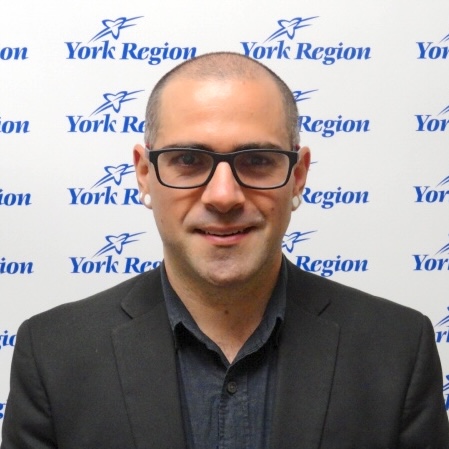
Ben Kos, York Region
Ben Kos, LET, C.E.T., RSP1, MITE, Program Manager, Traffic Safety, York Region, is a Road Safety Professional and Limited Licence holder with 16 years of experience in road safety engineering. Ben has extensive experience in the public and private sectors, leading and conducting road safety assessments and programs.
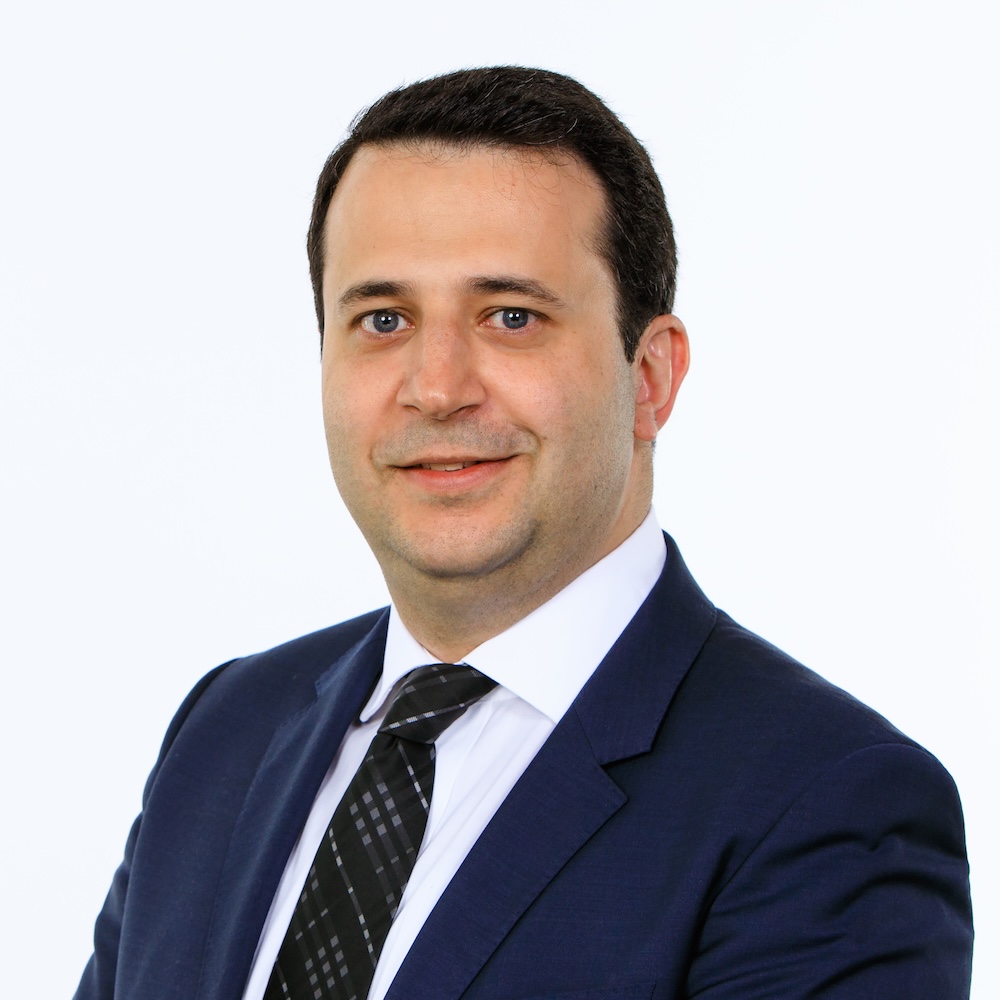
Soroush Salek, CIMA+
Soroush Salek, Senior Director at CIMA+, has more than 20 years of experience in traffic engineering and road safety, including the development of Vision Zero plans, development of road safety policies, development of SPFs, conducting network screening, conducting in-service road safety reviews, development of countermeasures, and evaluation of countermeasures. Soroush was involved in developing several road safety and traffic operations guidelines such as the Ontario Vision Zero Guide.
York Region has recently developed a Traveller Safety Plan (TSP) to enhance safety through a holistic, data-driven approach. This presentation will elaborate on the unprecedented data analyses conducted and the valuable insights they provided for developing the TSP.
REGISTRATION
Registered attendees get access to all four live virtual sessions over the two days. Recordings will also be made available to registrants for a limited period after the symposium.
Within one week of completing your registration, you will receive a calendar invitation to the virtual event. You will not receive a meeting link in the registration confirmation email. If you have any questions about meeting access, please contact info@itecanada.org.
Registration will close on Tuesday, February 4.
Cover Photo Credit: Dylan Passmore

